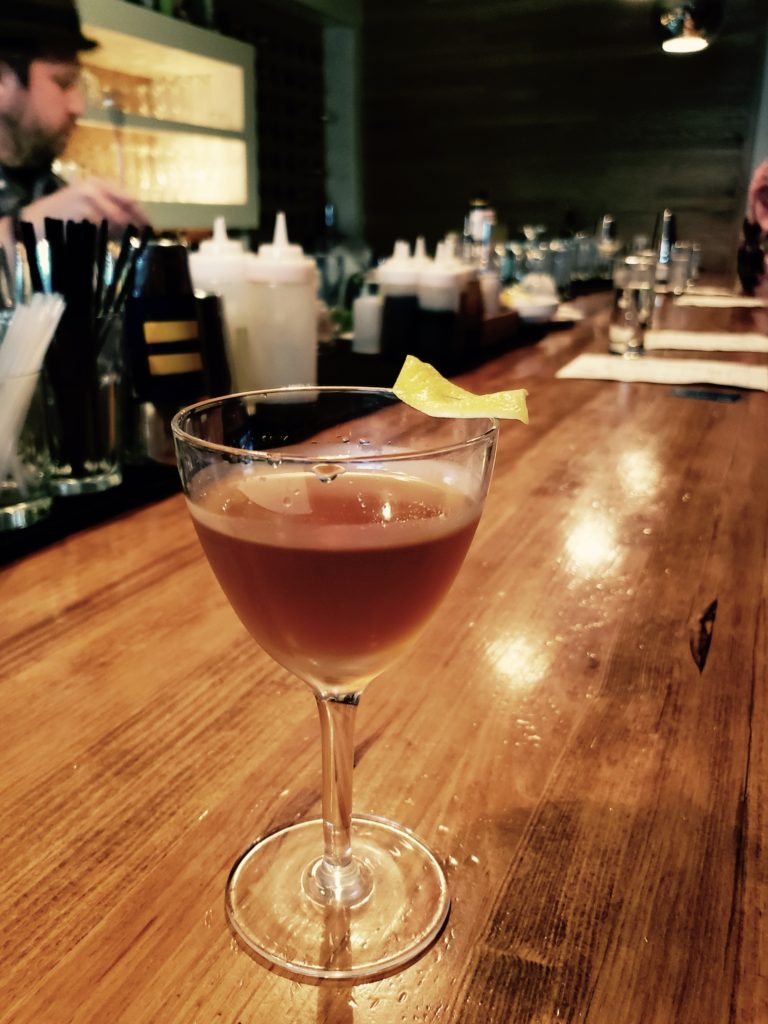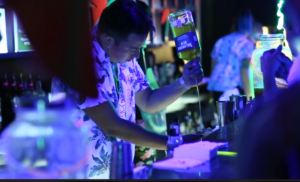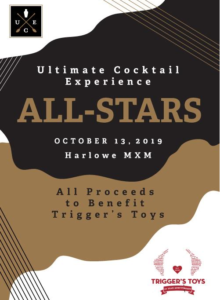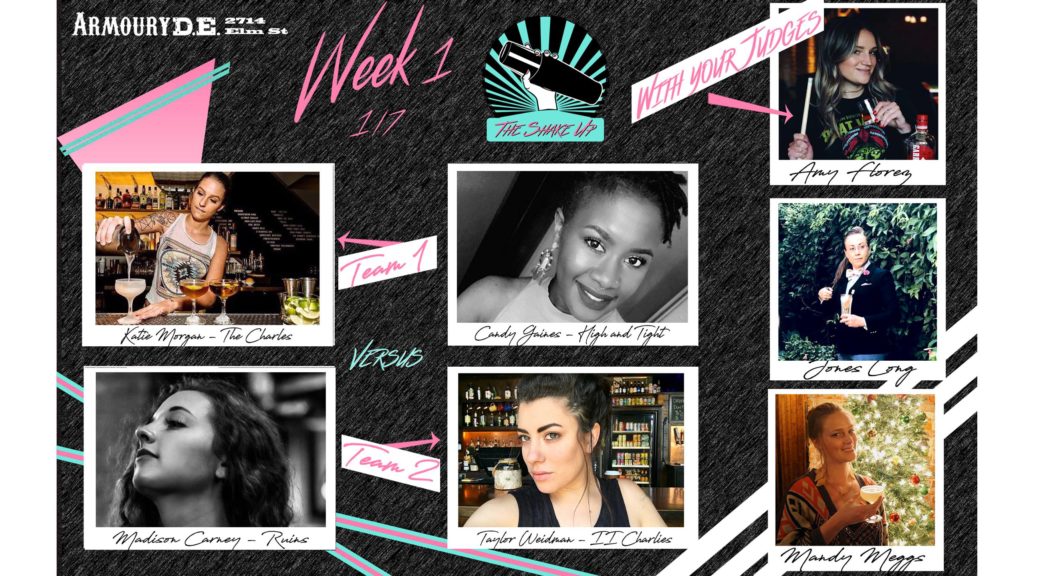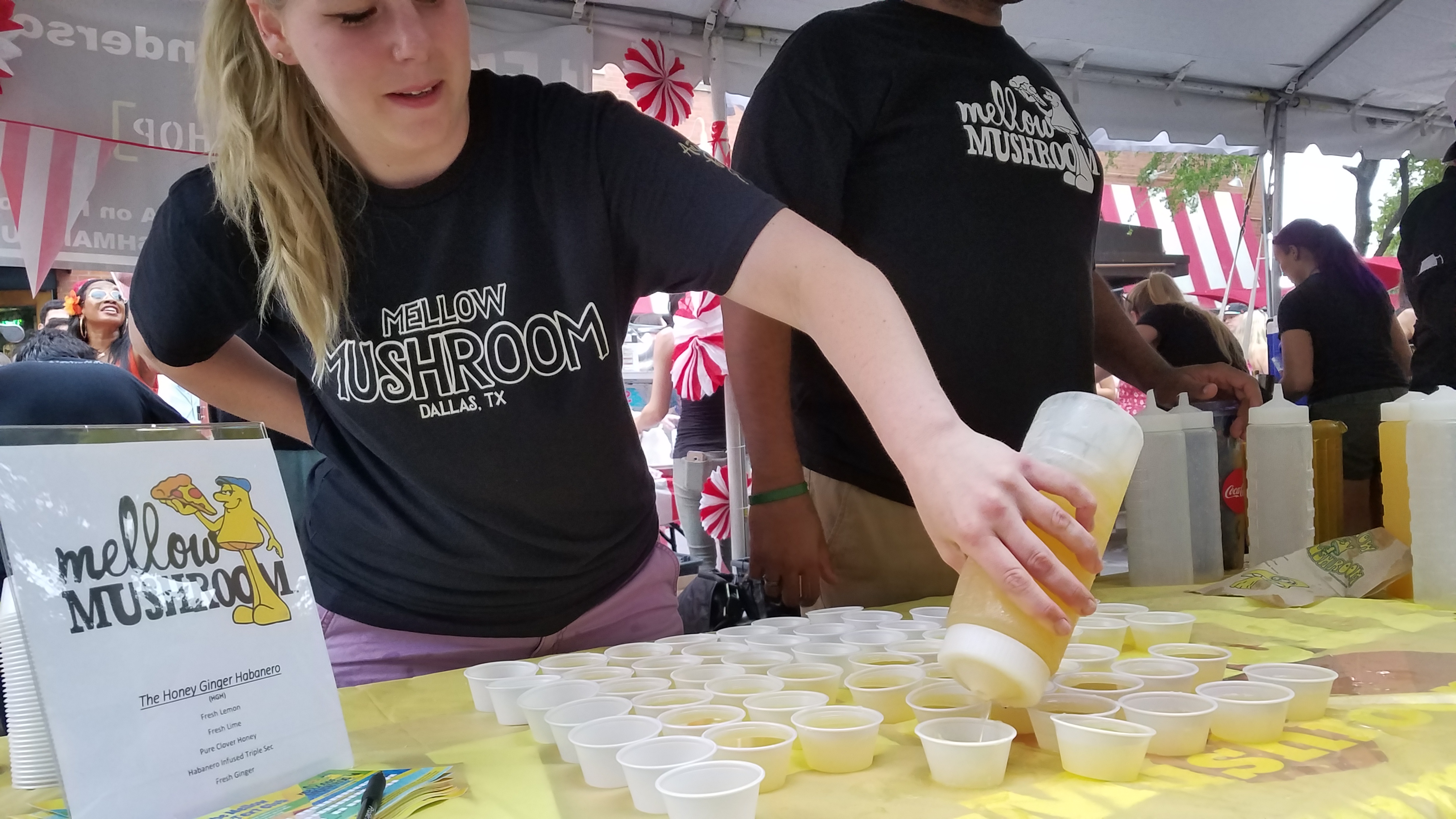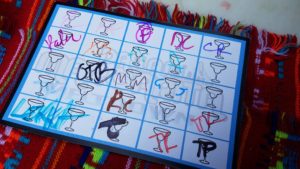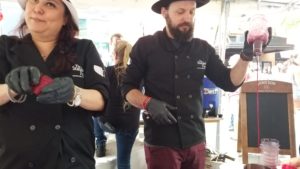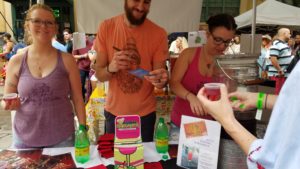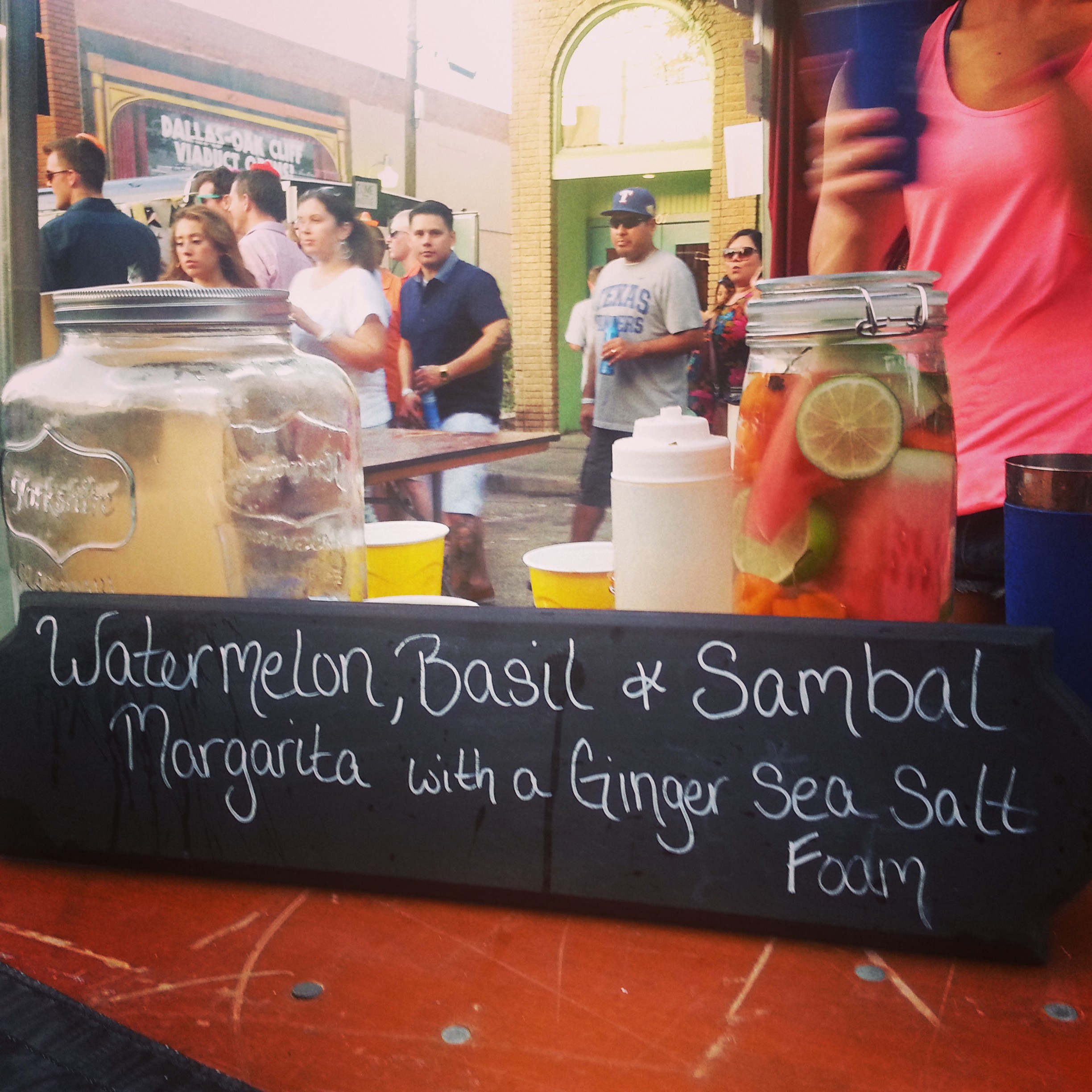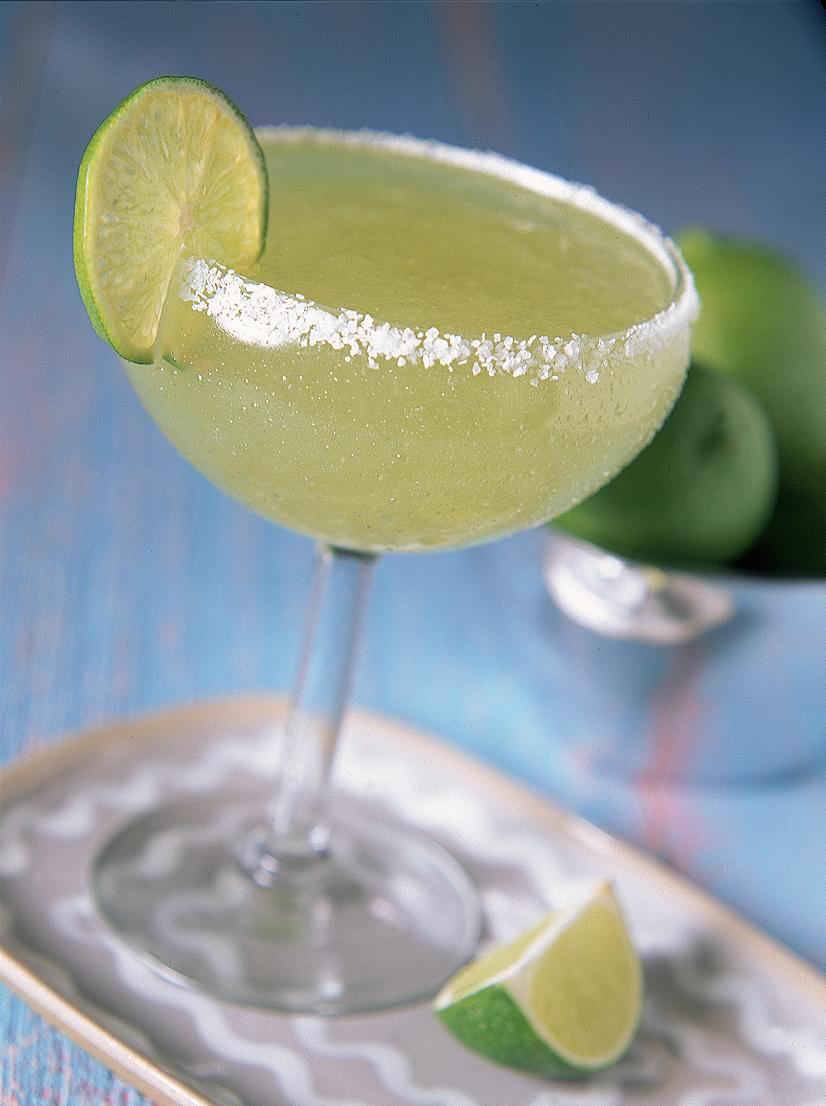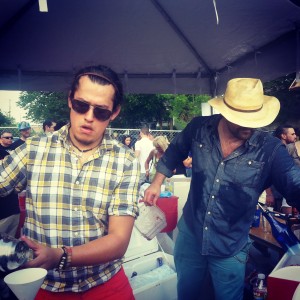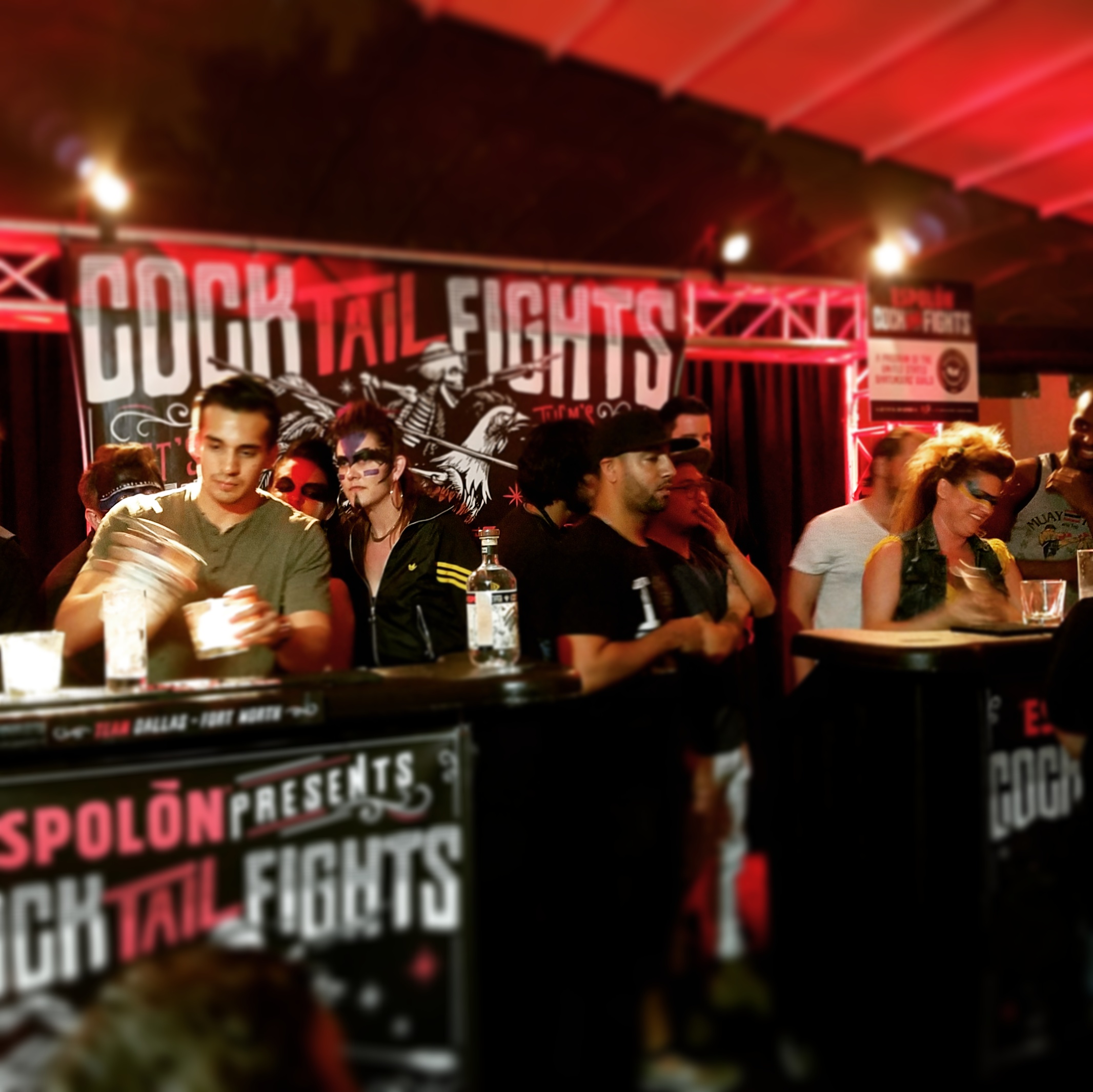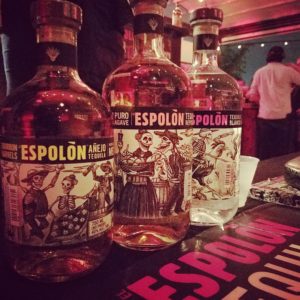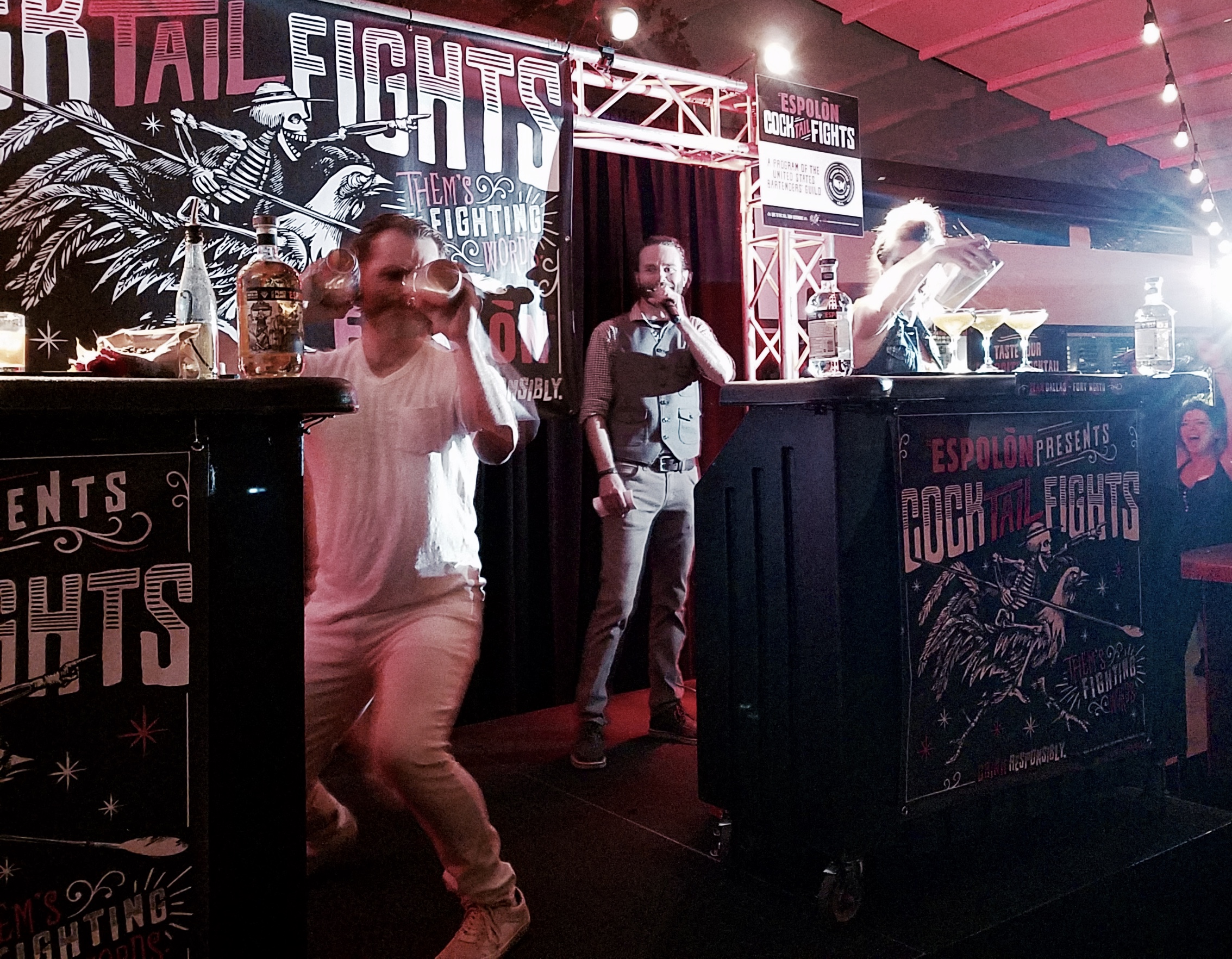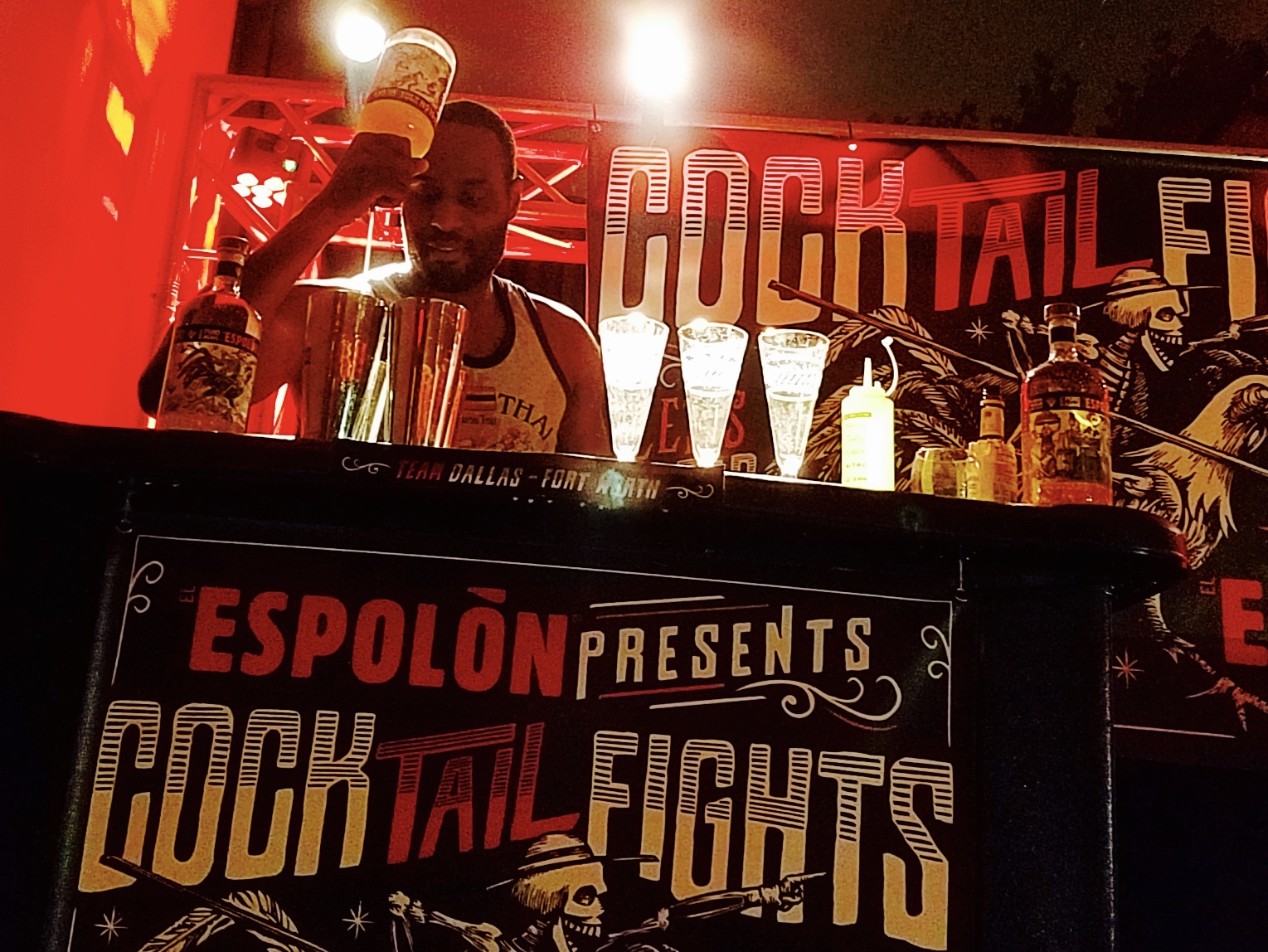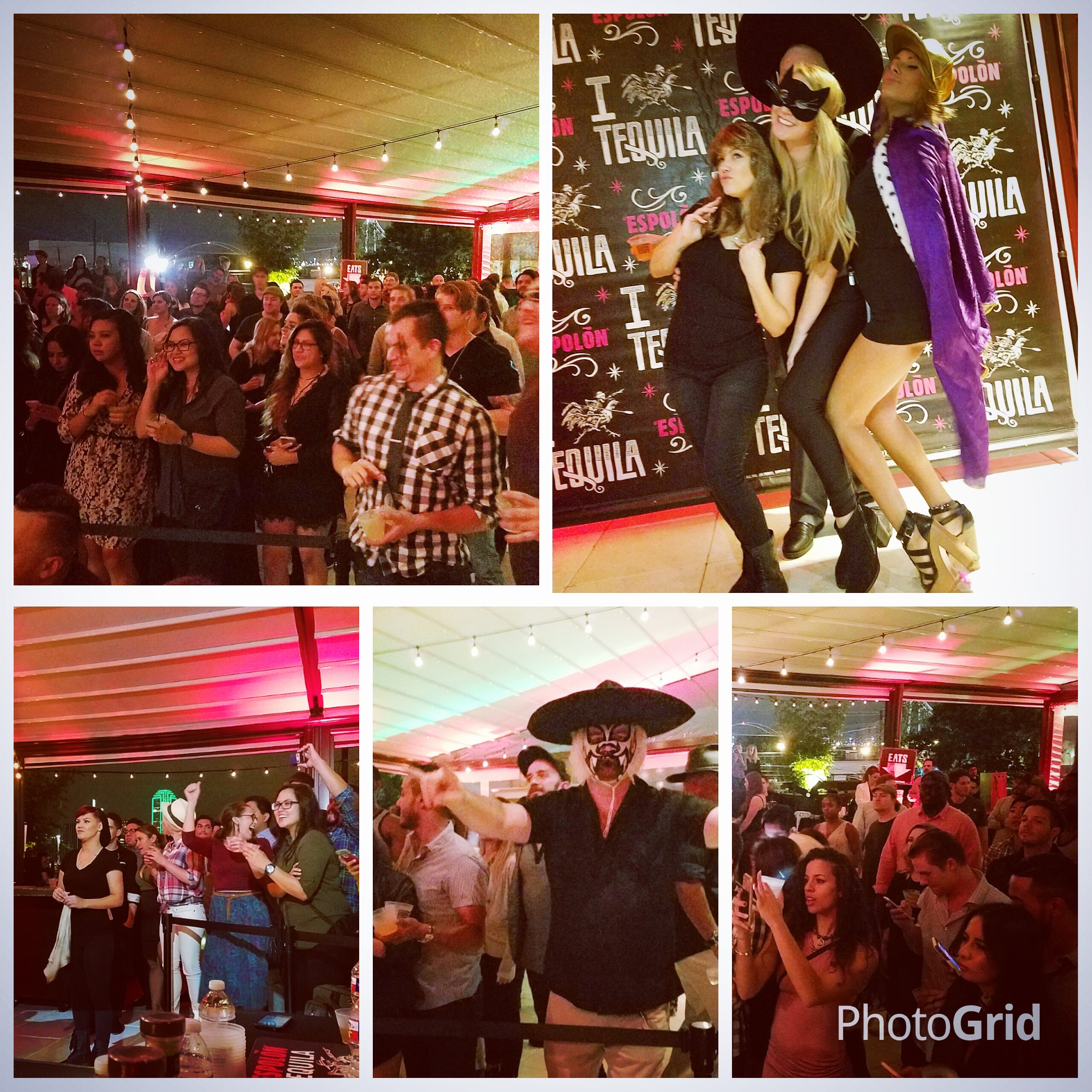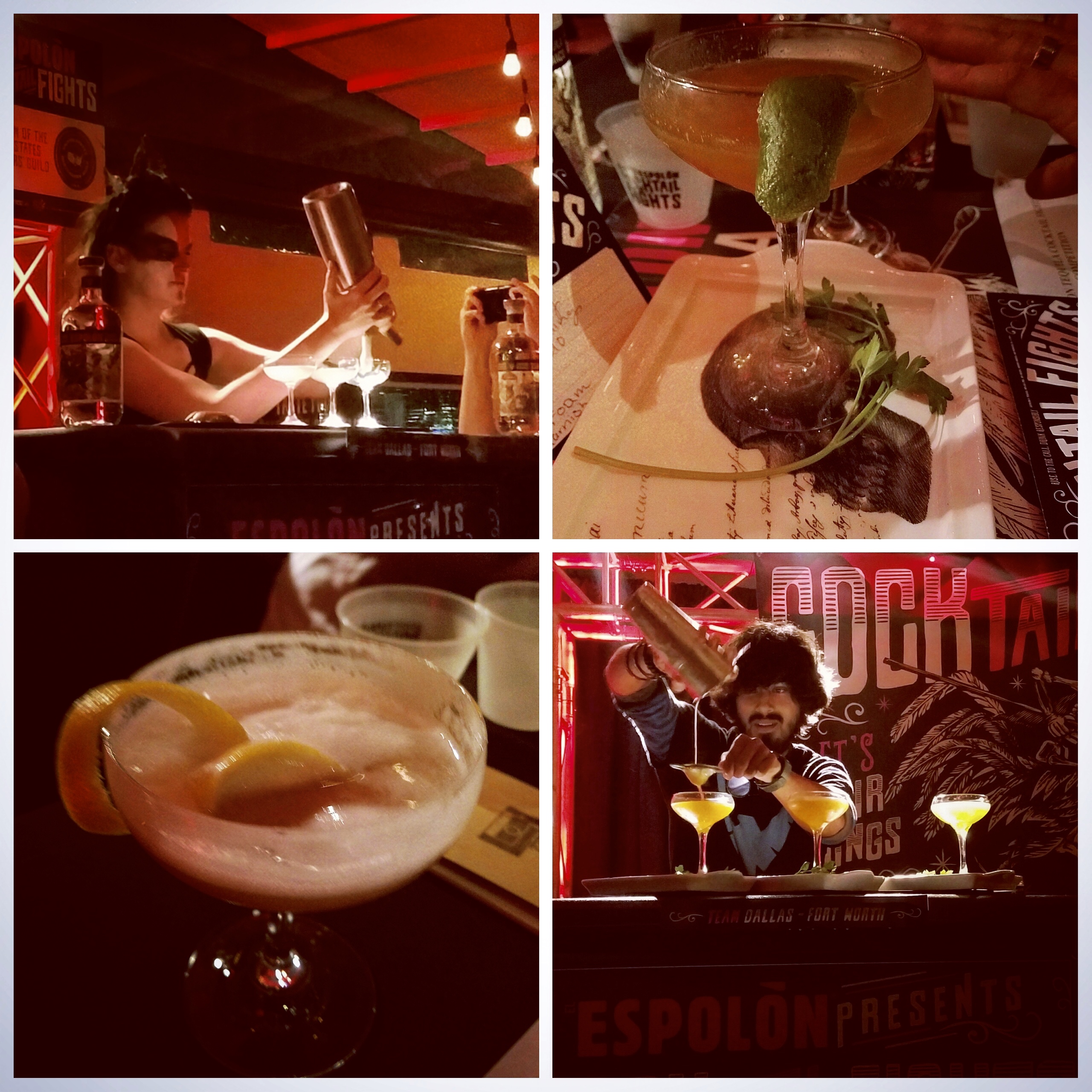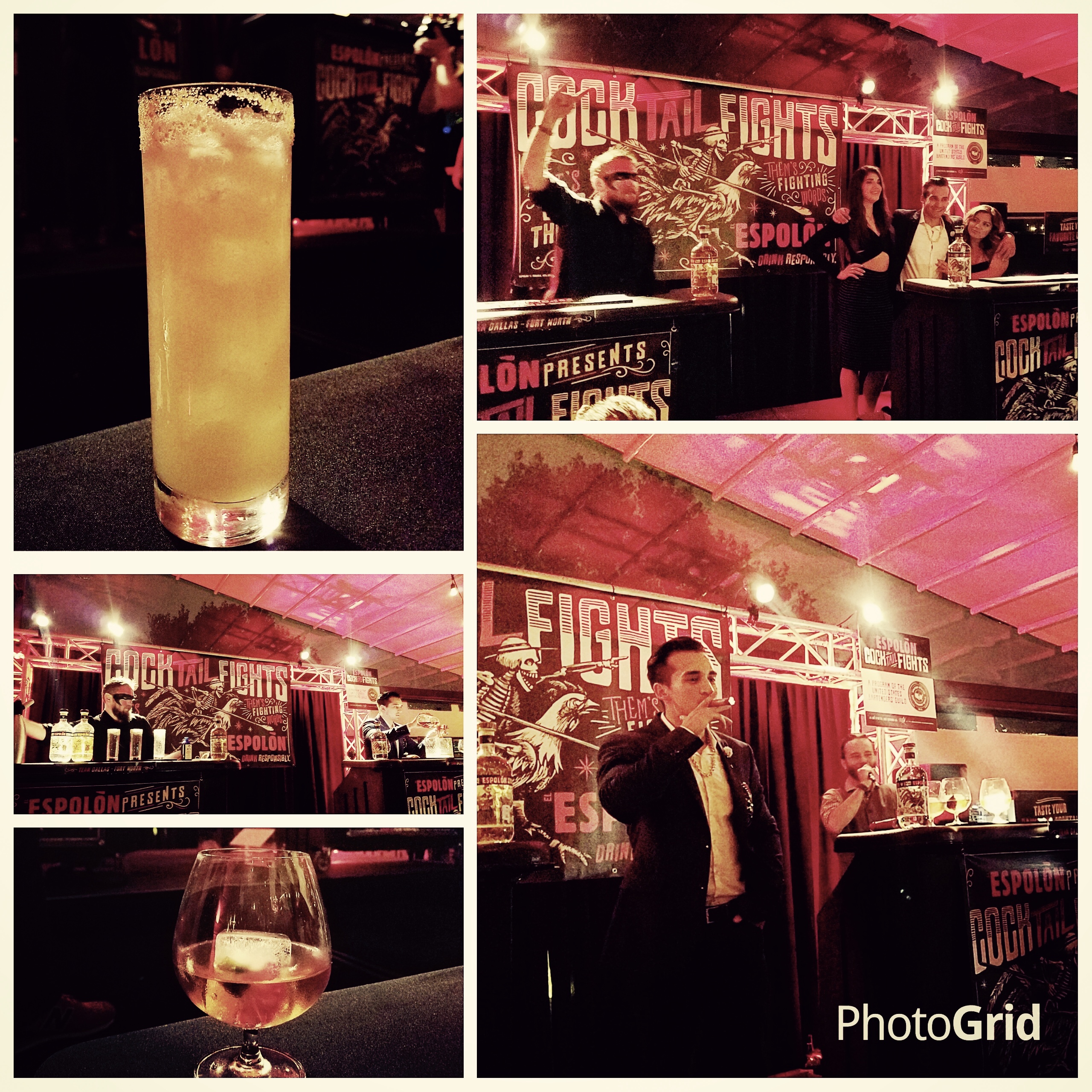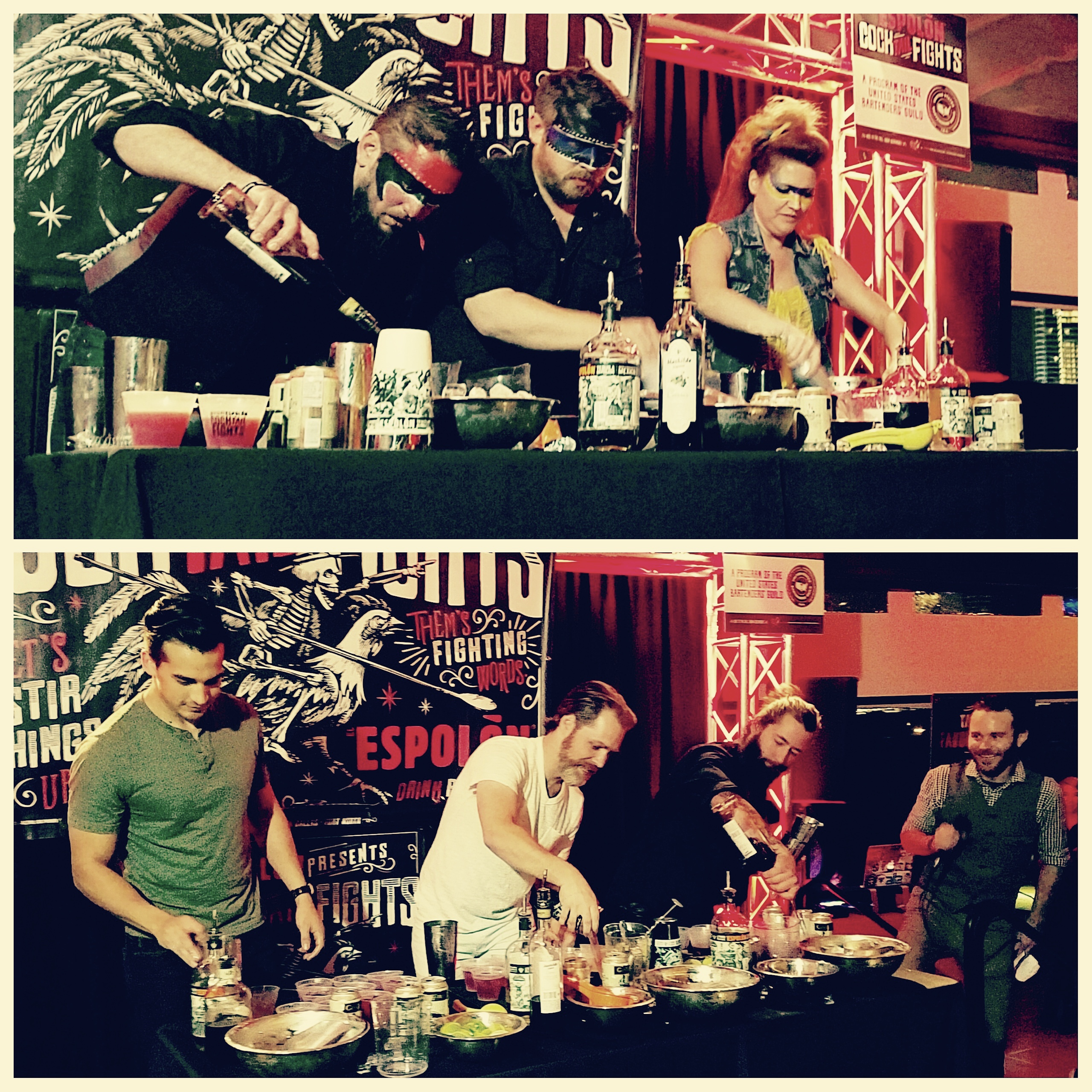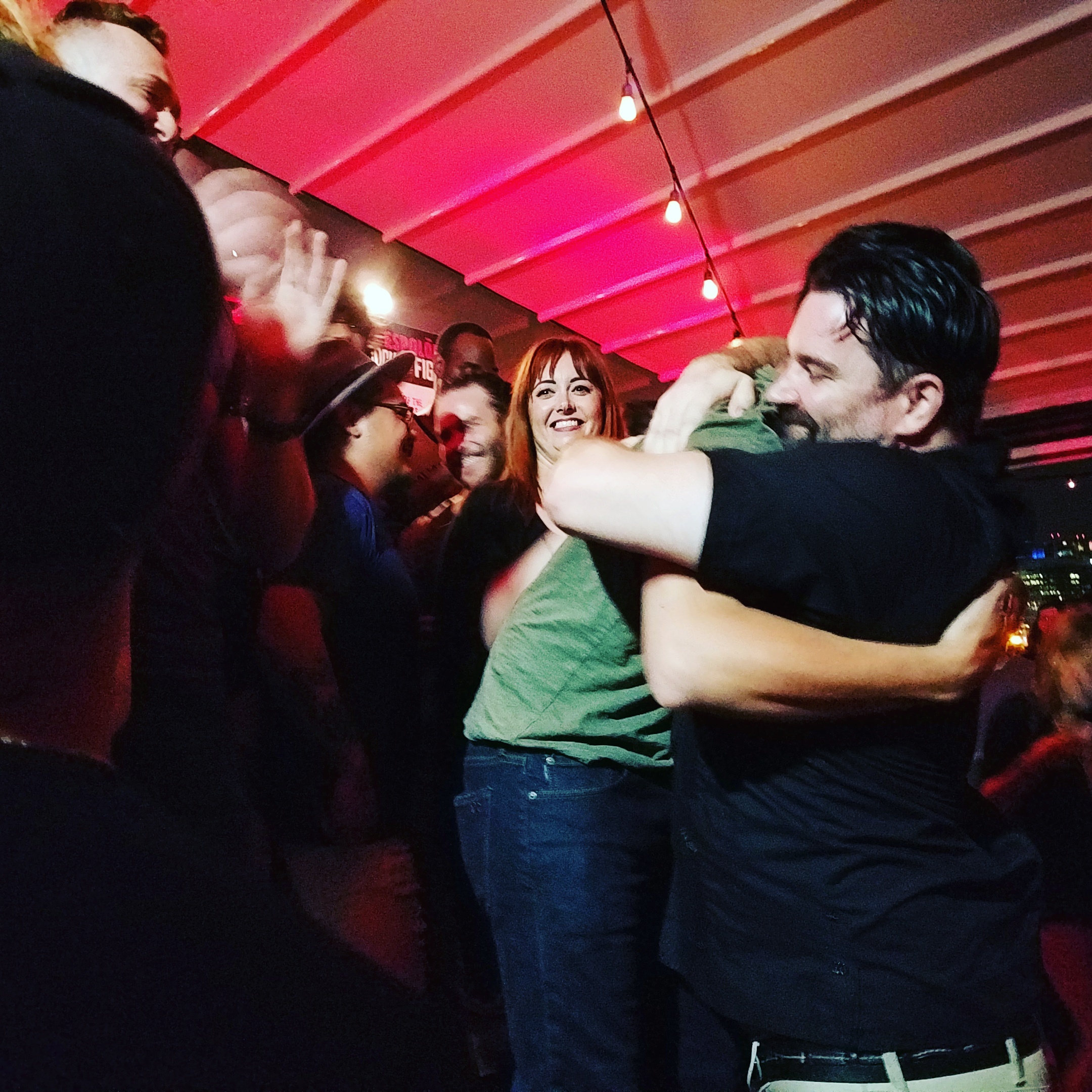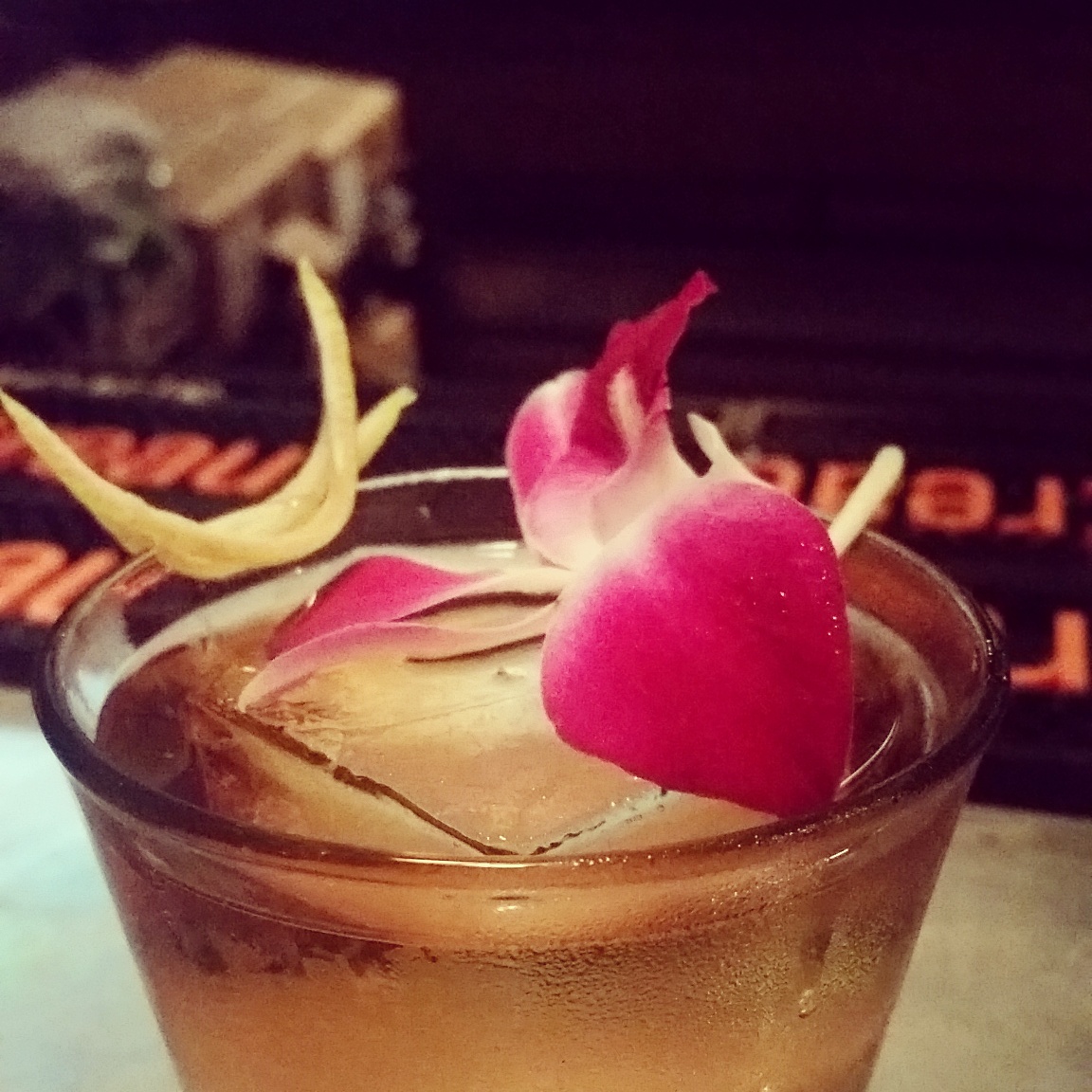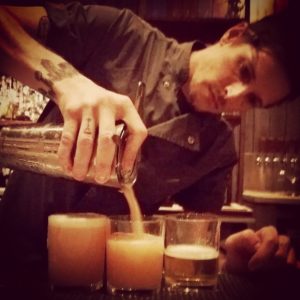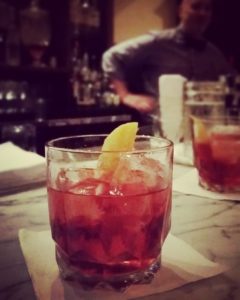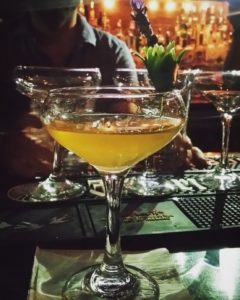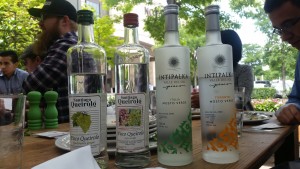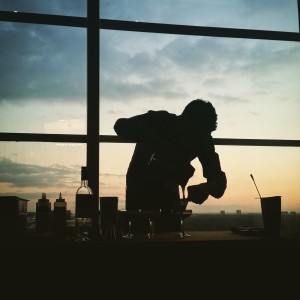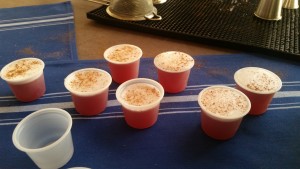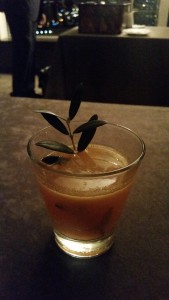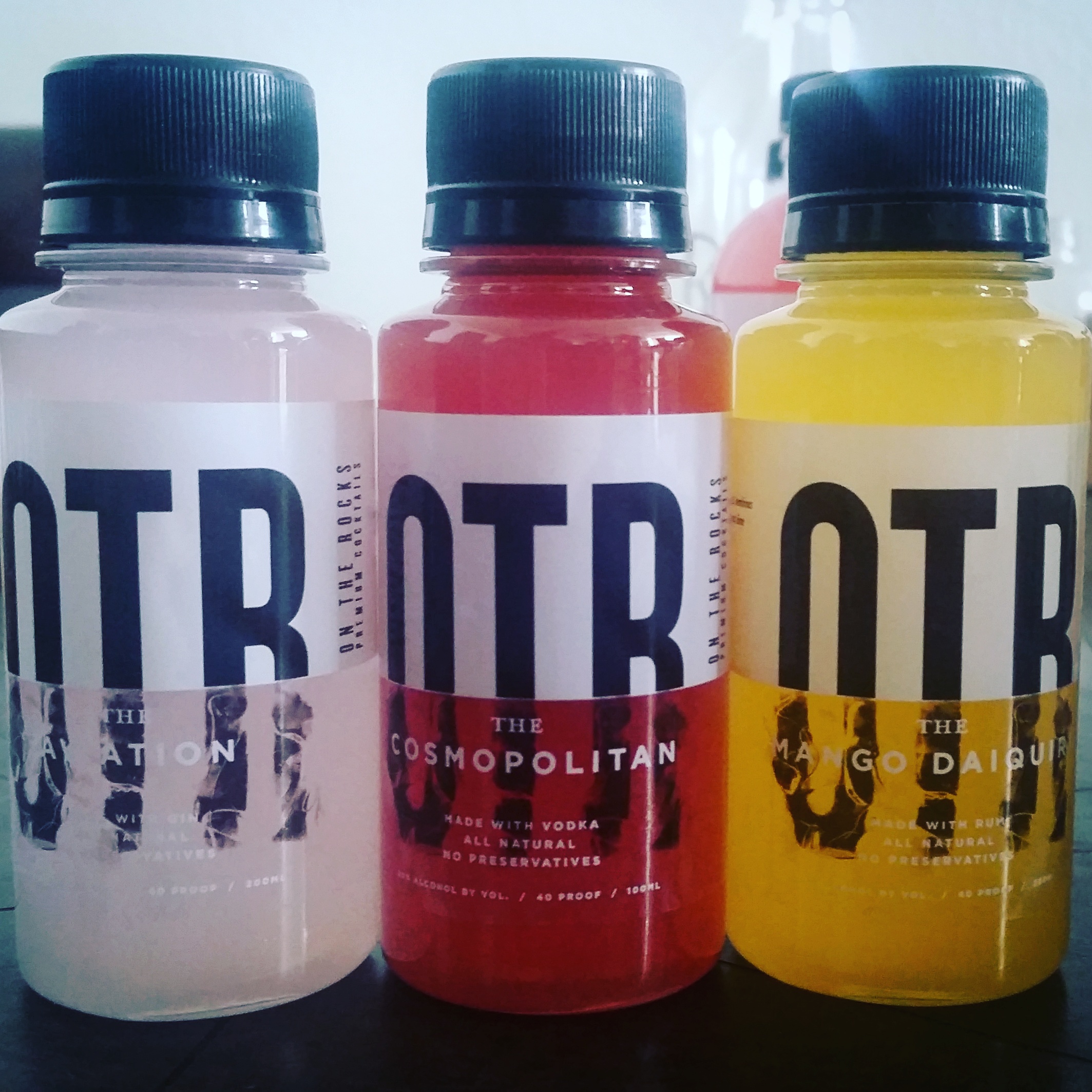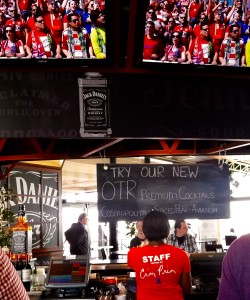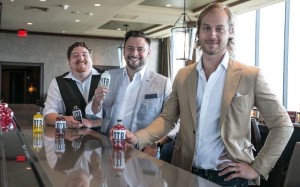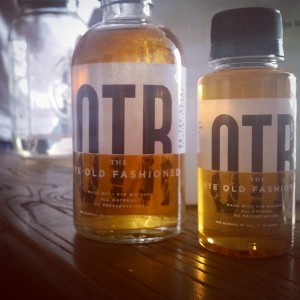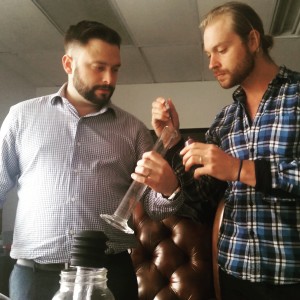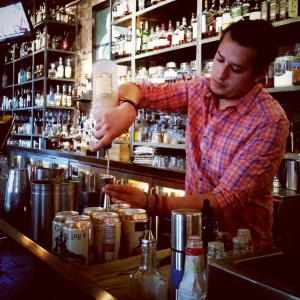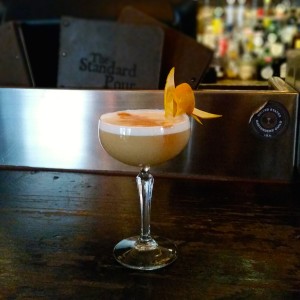It’s almost hard to believe there was a time when you couldn’t find a decent Manhattan in Fort Worth, but when I moved to Dallas in 2010, North Texas was still largely a craft cocktail wasteland. Sure, Knox-Henderson restaurant Victor Tangos had gone all-in on what was already a national craft renaissance, and a handful of bartenders hip to the revival were doing crafty things behind the bar at places like Windmill Lounge near Uptown, Bolsa in Bishop Arts and The Mansion at Turtle Creek, but no drink establishments that I could find had yet put craft cocktails front and center.
Eventually, I made my way over to Fort Worth, where I found a bar called The Usual, an unassuming beacon of craft know-how on Magnolia Avenue that on Wednesday will mark its 15th anniversary, making it – by just six months – the second oldest craft-cocktail bar in Texas, a remarkable milestone for a notoriously unforgiving industry in a place that doesn’t always get its due.
The Usual was the genie in the bottle for all the cocktail wishes I’d brought with me from Seattle, where the ongoing renaissance was already in full force. Its office-park exterior belied the sleek and sexy space inside and a level of creativity behind the bar that Fort Worth didn’t yet know it wanted. At the same time, it was welcoming and unpretentious, the vision of Brad Hensarling, who’d been with the nearby Chat Room Pub before making what was then a radical choice – to open a bar focused on craft cocktails – or, as its menu states, “all manner of slightly esoteric libation” – with then-co-owners Jon Carney and Juan Solis.
In Texas, The Usual’s opening was preceded only by Houston’s Anvil, which opened in early 2009.
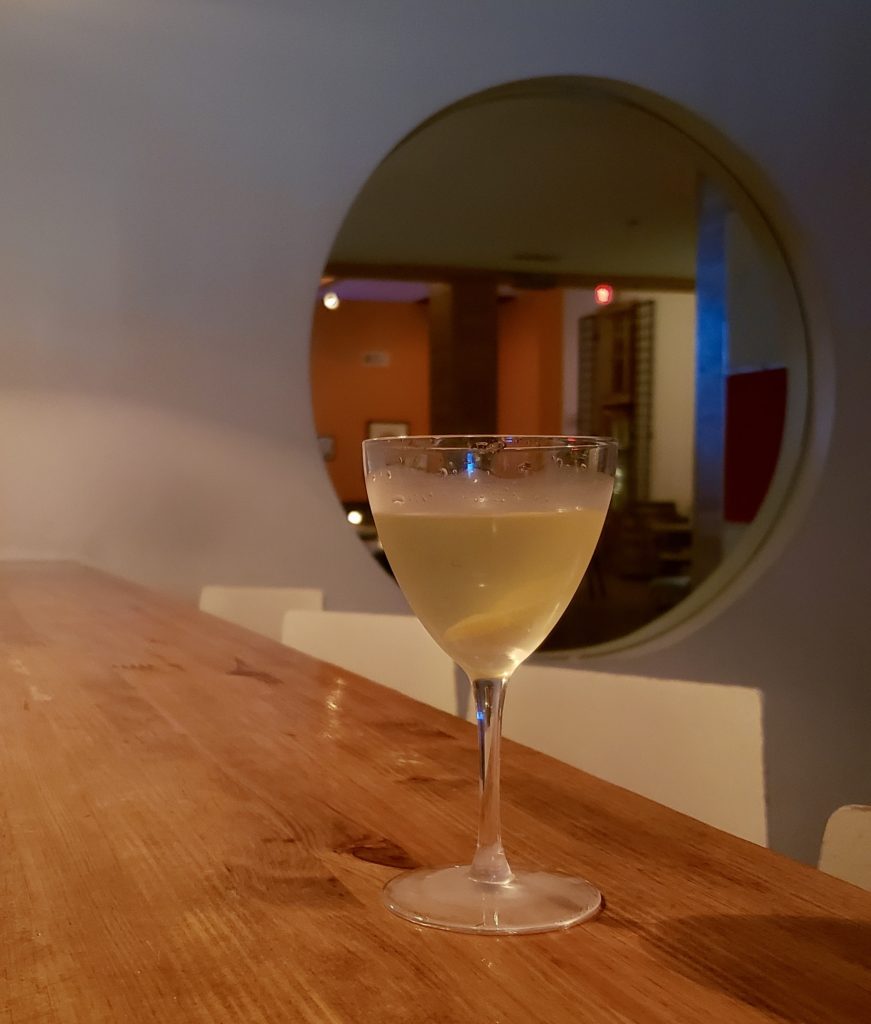
“The original architecture, with mirrors on the ceilings of the booths, all the elements of intention of that space are still intact,” says Pam Moncrief, who was among The Usual’s early crew of bartenders and worked there on and off over an eight-year span. “All that wood in there – white American oak, intentionally chosen, because that’s what whiskey barrels are made of. It still breathes that same purpose in being there.”
Among the bar’s early clientele was Jason Pollard, who in 2009 had visited New Orleans, sipped his first Sazerac and was bitten by the craft cocktail bug. The Usual was like a library of libations in which he could research his new fascination. “I started hanging out at the Usual, and finally they were like, ‘Do you want to work here?’” he remembers. “I started in 2011.”
By that time, Dallas’ Cedars Social and Denton’s Paschall Bar were on board the craft cocktail train.
“We were very aware of the fact this was something Fort Worth hadn’t seen before,” recalls Pollard, who would eventually become lead bartender and is now a co-owner. “There was a lot of explaining ourselves in the early days, that we didn’t carry big domestic beers or have 17 flavored vodkas; that we were doing something different.”
While slower weekdays were shared with patrons interested in learning more from bartenders eager to share the history of and riffs on classics like the Aviation, the Negroni, the Last Word or the New York Sour, high-energy weekends were approached with patience for people’s frustrations.
“We were coming in against a city that had a firm drinking culture already, and here we are saying we’re using all fresh ingredients or that we don’t carry Malibu,” Moncrief says. “But it was really cool when you could say to people who wanted Fireball, ‘Well, we don’t have Fireball but I can make you something like that or better.’ It blew their minds to see us use all natural ingredients and create something dazzling. And eventually a lot of people caught on.”
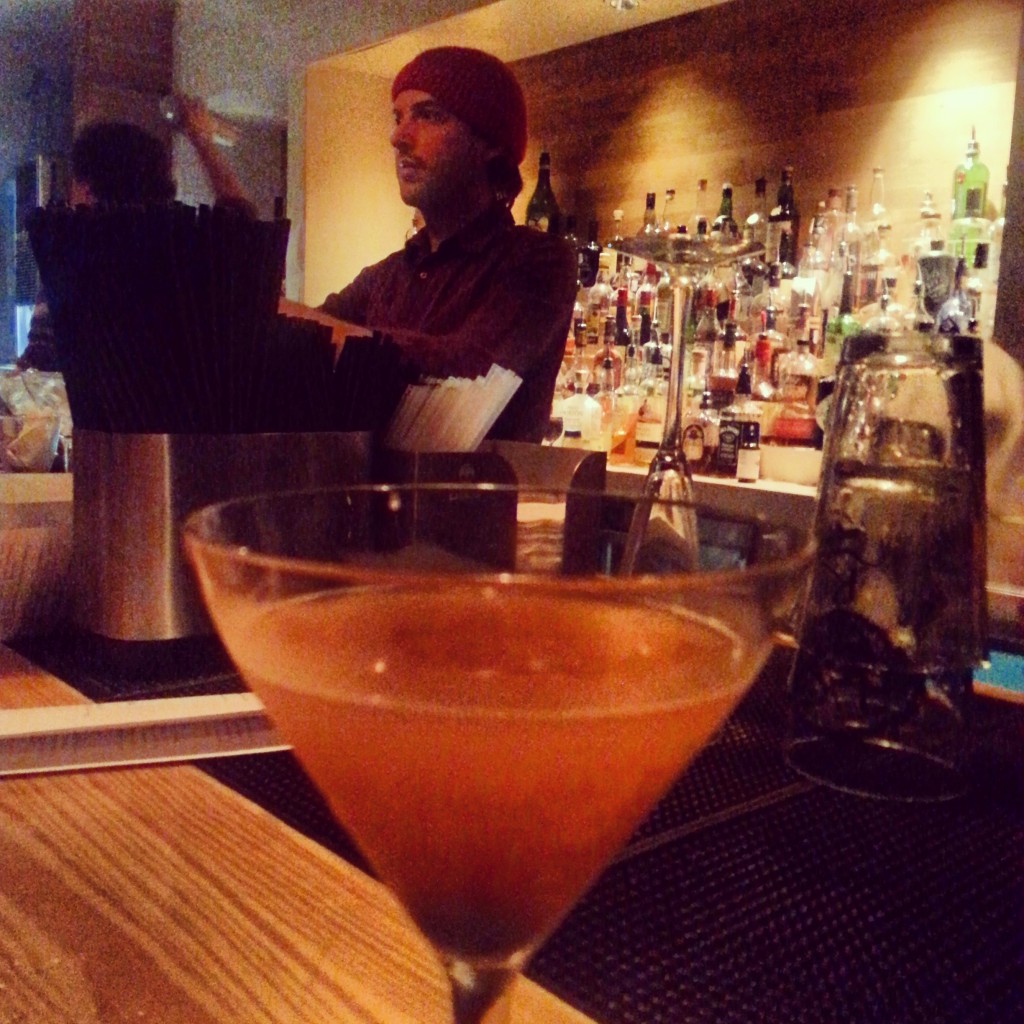
Moncrief had started at The Usual as a server and after a year was told by co-owner Solis that if she was going to keep working there, she would have to do time behind the bar as well.
“I was really intimidated,” she says. “I didn’t think I had what it took.” But her experience there, she says, would lay the foundation of her current livelihood as catering operations manager for GUSTOS Burger Bar and owner of a pop-up bar business for special events.
“It really taught me so much,” Moncrief says. “The crew was a fantastic group of people and we all strived to be the best we could be. We pushed each other and called each other out on things. It made you believe in the magic of a bar, and of hospitality and the service industry. So many of us now reference those times as an example of what a bar can be.”
Megan McClinton, previously with Thompson’s Bookstore in downtown Fort Worth, remembers frequenting The Usual before joining the crew for several years in 2017.
“We went there to taste classic cocktails done the right way,” says McClinton, who eventually left for a general manager role at Blackland Distillery and now owns Tricks of the Trade, a boutique bottle shop on South Main. “We knew that’s who was doing it and doing it right. We were all trying to figure out what this craft thing was and that was the place to go in Fort Worth to discover that.”
Despite its limited space behind the bar, The Usual has always wielded an arsenal of adventurous spirits and liqueurs often at the forefront of DFW’s craft-cocktail curve. I made the rounds often in those early days but could always count on glimpsing a bottle at The Usual that I’d never seen before, then asking someone to make something with it.
“It just goes back to us being cocktail nerds and genuinely geeking out about it ourselves,” Pollard said. “When we find something new and interesting, we want to share it with people.”
And unlike some craft bars where you had to time your request or visit with the presence of a specific bartender to have magic happen, The Usual crew to a person was always up to the task. In other words, creativity and experimentation seemed to be part of the bar’s staff expectations. (So, too, apparently, was adequate staffing – I have never been there and found available service lacking.)
Side note: The Usual was responsible for two top-ten finishes in my annual ranking of my favorite cocktails of the year, listings I composed from 2011 to 2020 when the scene was more manageable in size and I had way more freedom to imbibe. In 2014, I gave a nod to Moncrief’s One Million in Unmarked Bills, an herbaceous blend of Ransom Old Tom gin, herbal Zwack liqueur, Dolin Blanc vermouth and Benedictine; in 2018 it was Pollard’s Autumn in Brazil, a luscious mix of sherry and sweet vermouth built atop aged cachaca.
The Usual’s upscale date-spot atmosphere has always featured an undercurrent of ease. Those who’ve worked there preach of its family-like and family-oriented camaraderie, one sensitive to work-life balance.
“They were very concerned about your family life and looked at everyone as a whole person,” McClinton says.
The bar has set consistently high standards, with a modest, amusingly composed, brochure-like house menu featuring variations on familiar libations with a wild card or two thrown in.
“You have to balance between what people are going to instantly know they want and things that are going to push people into flavors they haven’t necessarily experienced before,” Pollard says.
Adds McClinton: “It was about not just making an espresso martini because it’s popular but making something adjacent and outside the box. Not just following the trends, but being inspired by them or even setting them.”
The Usual has seen its share of marriage proposals and once even hosted a wedding, a true community institution that adhered to its craft philosophy even through the strain of the pandemic. Wednesday’s celebration, which kicks off at 5 p.m., will feature a throwback menu and, what’s even more fun – throwback bartenders.
“We have always believed that Fort Worth deserves and needs a space like The Usual,” Pollard says. “Even in the leanest times, we just refused to give up.”
THE USUAL, 1408 West Magnolia, Fort Worth.

